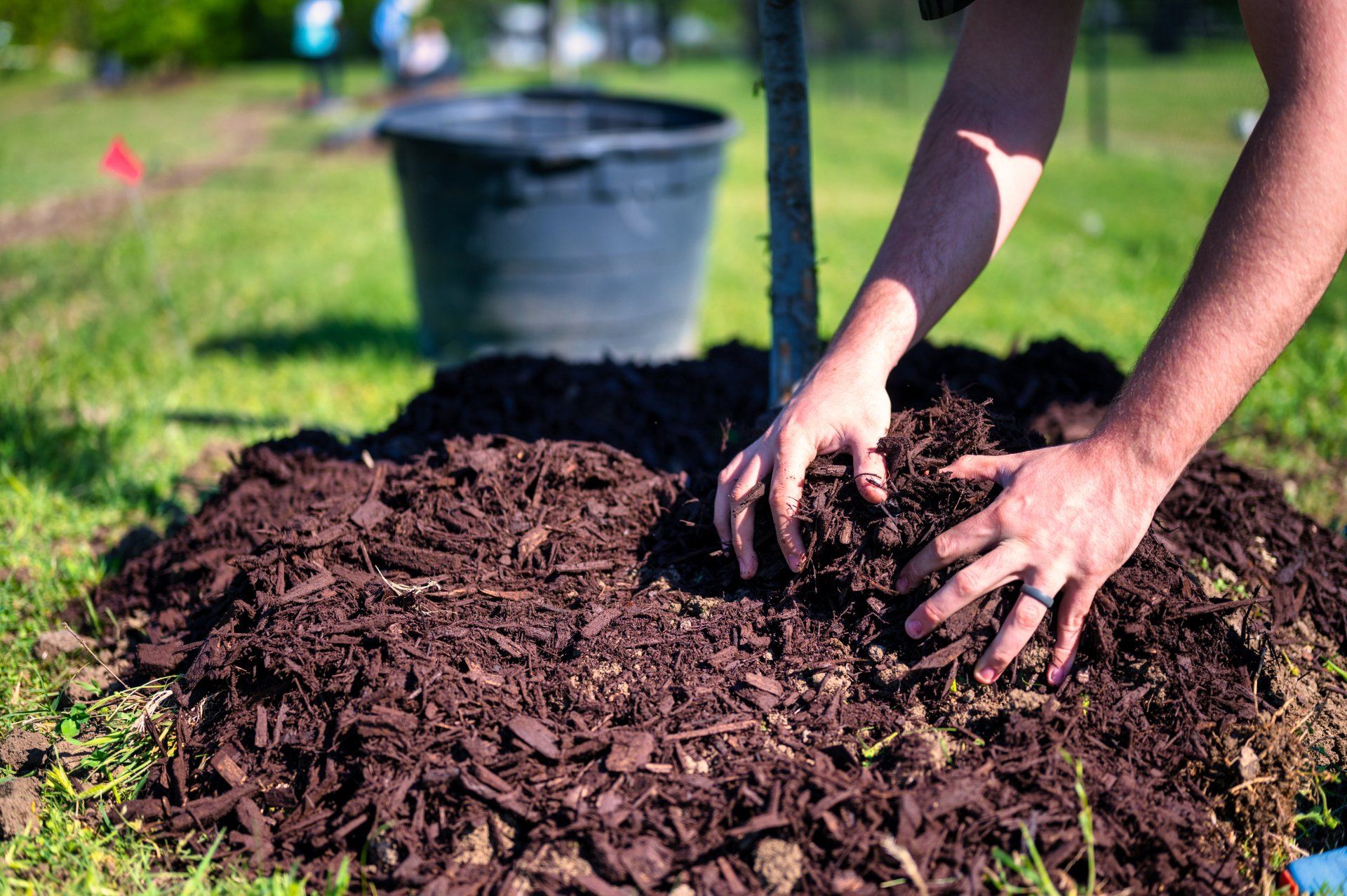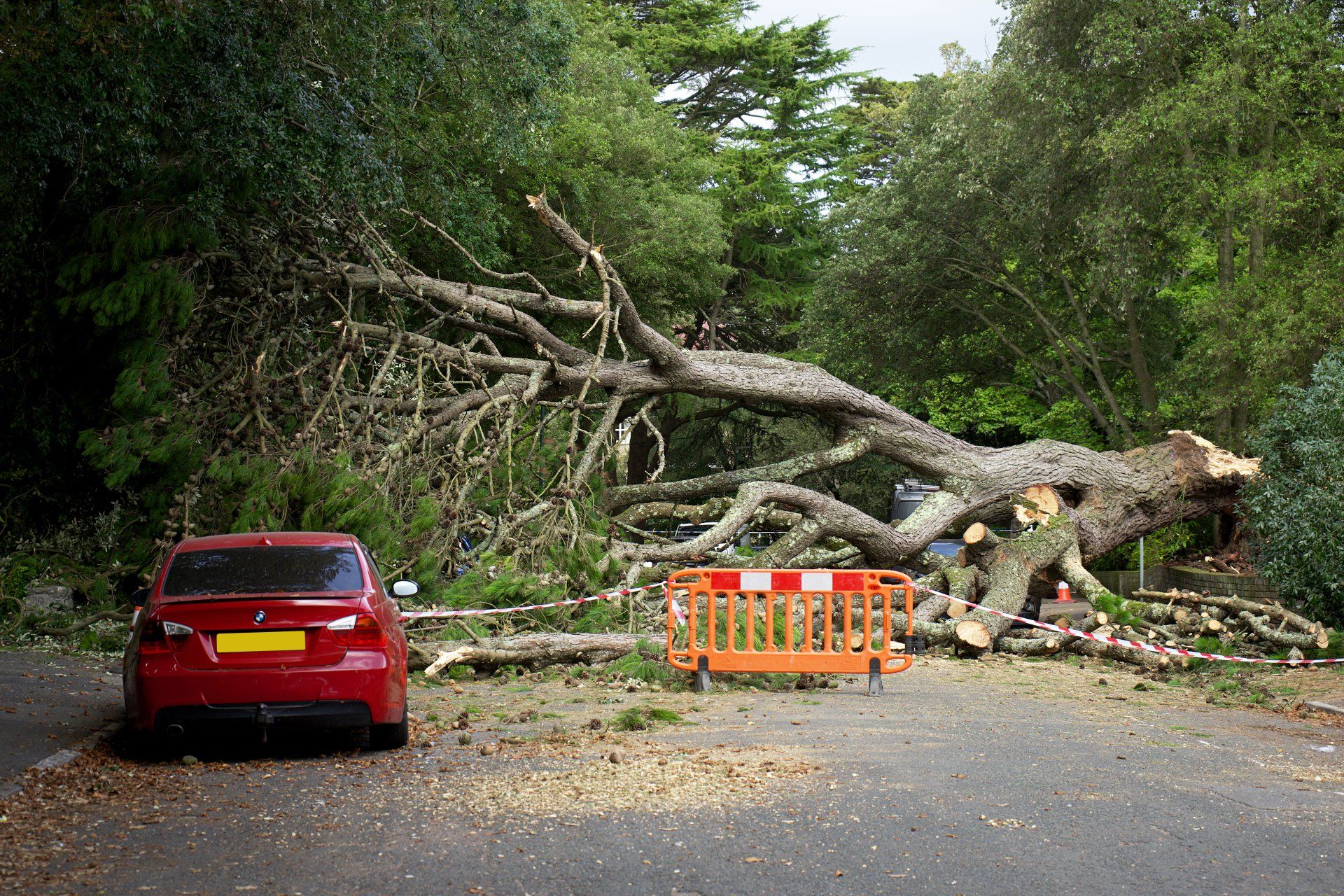From Foundation to Consultation: Understanding the Roles of AQF Level 3, Level 5, and Level 8 Arborists
Exploring the Expertise of Arborists at Different AQF Levels, knowing who to select for your tree related tasks.
Arboriculture in Australia follows the Australian Qualifications Framework (AQF), which categorizes arborists into different levels based on their knowledge, skills, and experience. Each level represents a unique stage of expertise and responsibility. In this blog post, we will delve into the distinctions between AQF Level 3, Level 5, and Level 8 arborists. While highlighting the valuable skills of Level 5 arborists in arboricultural consultation and tree risk assessment, we will also explore the advanced leadership and comprehensive knowledge of Level 8 arborists.
AQF Level 3 Arborists:
AQF Level 3 arborists serve as the foundation of the arboricultural profession. With fundamental knowledge and practical skills, they excel in arboricultural tasks, including pruning, tree removal, and tree health assessments. Ground operations, such as chipping and tree planting, are also within their expertise. Level 3 arborists can identify common tree species and have a solid understanding of tree biology and physiology. They prioritize occupational health and safety to ensure safe work practices.
AQF Level 5 Arborists:
AQF Level 5 represents a significant advancement in arboricultural expertise, specifically focusing on arboricultural consultation and tree risk assessment. Level 5 arborists possess advanced knowledge and skills that enable them to undertake complex arboricultural tasks independently. Their key areas of expertise include:
- Arboricultural Consultation: Level 5 arborists excel in conducting detailed tree assessments, diagnosing tree diseases and pests, and providing expert advice on tree management plans.
- Tree Health Assessment: They possess a comprehensive understanding of tree health and structural stability, allowing them to identify potential hazards and recommend suitable measures for tree preservation or removal.
- Tree Risk Assessment: Level 5 arborists are qualified to assess tree-related risks in various settings. They evaluate the likelihood and potential consequences of tree failures, proposing effective risk mitigation measures.
- Tree Preservation Planning: Level 5 arborists develop comprehensive tree preservation plans, considering environmental sustainability, heritage considerations, and urban planning regulations.
- Arboricultural Reports: They have the ability to compile thorough reports encompassing tree health, structural integrity, and evidence-based recommendations for long-term tree management.
AQF Level 8 Arborists:
AQF Level 8 represents the highest level of arboricultural expertise, showcasing advanced knowledge and leadership in the field. Level 8 arborists contribute significantly to the profession through research, consultancy, and management positions. Key aspects of Level 8 arborists include:
- Expert Arboricultural Consultancy: Level 8 arborists provide specialized advice on complex tree-related issues, including heritage tree preservation, and urban planning.
- Research and Development: They actively contribute to the arboricultural field by conducting research, publishing papers, and exploring innovative techniques for tree preservation and sustainability.
- Policy Development: Level 8 arborists play a vital role in shaping tree management policies, advocating for environmental conservation and promoting the importance of urban green spaces.
- Continued Professional Development: They prioritize lifelong learning, attending seminars, conferences, and maintaining professional memberships to stay updated on the latest advancements in arboriculture.
To summarise
The Australian Qualifications Framework provides a clear progression of expertise within the arboricultural profession. AQF Level 3, Level 5, and Level 8 arborists each contribute uniquely to the field.
By understanding the distinctions between these levels, property stakeholders can make informed decisions when engaging arborists for different arboricultural tasks, ensuring the proper care, management, and safety of trees in various environments. Whether it's the fundamental maintenance skills of Level 3 arborists, the expert consultation and risk assessment capabilities of Level 5 arborists, or the advanced leadership and research contributions of Level 8 arborists, each level of expertise plays a crucial role in the arboricultural profession.
Arboriculture is a dynamic field that requires continuous learning and professional development. As arborists progress through the AQF levels, they gain valuable knowledge, skills, and experience that enable them to provide exceptional tree care, you should always check with your practicing arborist and ask about their qualifications and working experience as this can vary dramatically.


